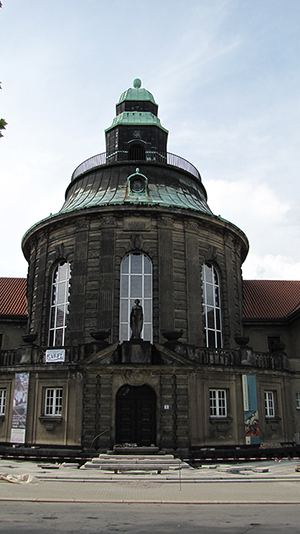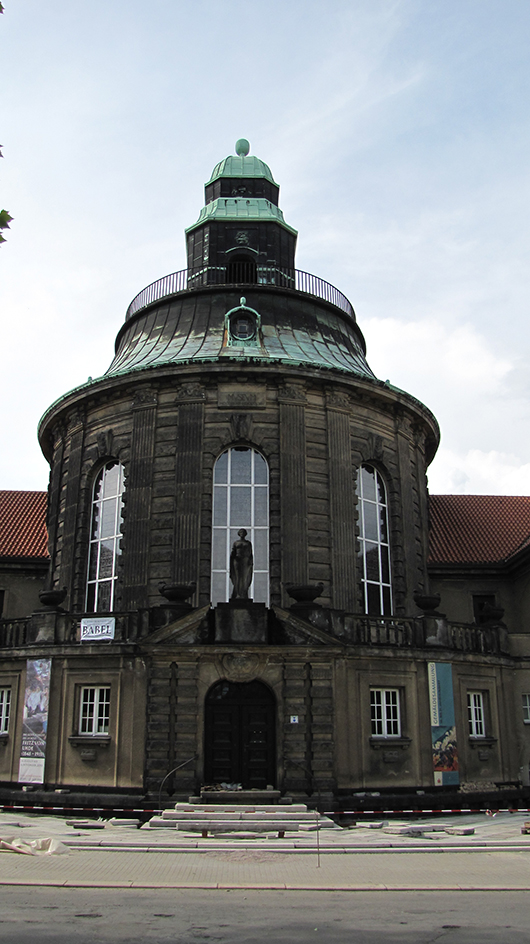
The German weekly Focus said police came upon the paintings during a 2011 search in an apartment belonging to the octogenarian son of art collector Hildebrand Gurlitt, who had bought them during the 1930s and 1940s.
The search was carried out because the son, Cornelius Gurlitt, was under suspicion for tax evasion, Focus said.
The report said the works were thought to be worth around 1 billion euros ($1.3 billion dollars) on today’s market.
The artworks lay hidden amid old jam jars and junk in darkened rooms in Gurlitt’s apartment in the southern city for more than half a century, the paper said.
Gurlitt, a recluse without a job, had sold a few over the course of the years, living off the proceeds, the paper reported.
His father, despite having a Jewish grandmother, had become indispensable to officials in the Third Reich because of his art expertise and his vast network of contacts.
Hitler’s propaganda minister Joseph Goebbels put Gurlitt in charge of exporting the art, which the Nazi party considered “degenerate.”
The collection included many of the great masters of the 20th century, among them the German painters Emil Nolde, Franz Marc, Max Beckmann and Max Liebermann.
Among the paintings discovered was one by Henri Matisse that had belonged to the Jewish collector Paul Rosenberg.
Rosenberg, who fled Paris leaving his collection behind, was the grandfather of Anne Sinclair, the former wife of the disgraced French politician Dominique Strauss-Kahn.
The prosecutor in the southern city of Augsburg, who is reportedly handling the affair, declined to comment on the story, according to German press agency DPA.
The paintings are stored safely in a customs warehouse outside Munich, Focus said.
The Nazis massively plundered artworks in Germany and across Europe before and during World War II, confiscating many from Jews or forcing them to sell their works at a low price.
Between 1940 and 1944, German forces seized an estimated 100,000 paintings, artworks, tapestries and antiques from the homes of Jews in France, stripped of their rights by the racial laws enforced by the collaborationist government.
Thousands of stolen artworks have since been returned to their owners or their descendants, but many more have never resurfaced.
In 2007 a German expert published a book on looted art, estimating that thousands of masterpieces and tens of thousands of lesser works had yet to be restored to their rightful owners.
Only last week, an investigation by Dutch museums revealed that 139 of their artworks, including a Matisse and two Kandinsky paintings, may have been stolen by the Nazis.
ADDITIONAL IMAGE OF NOTE



